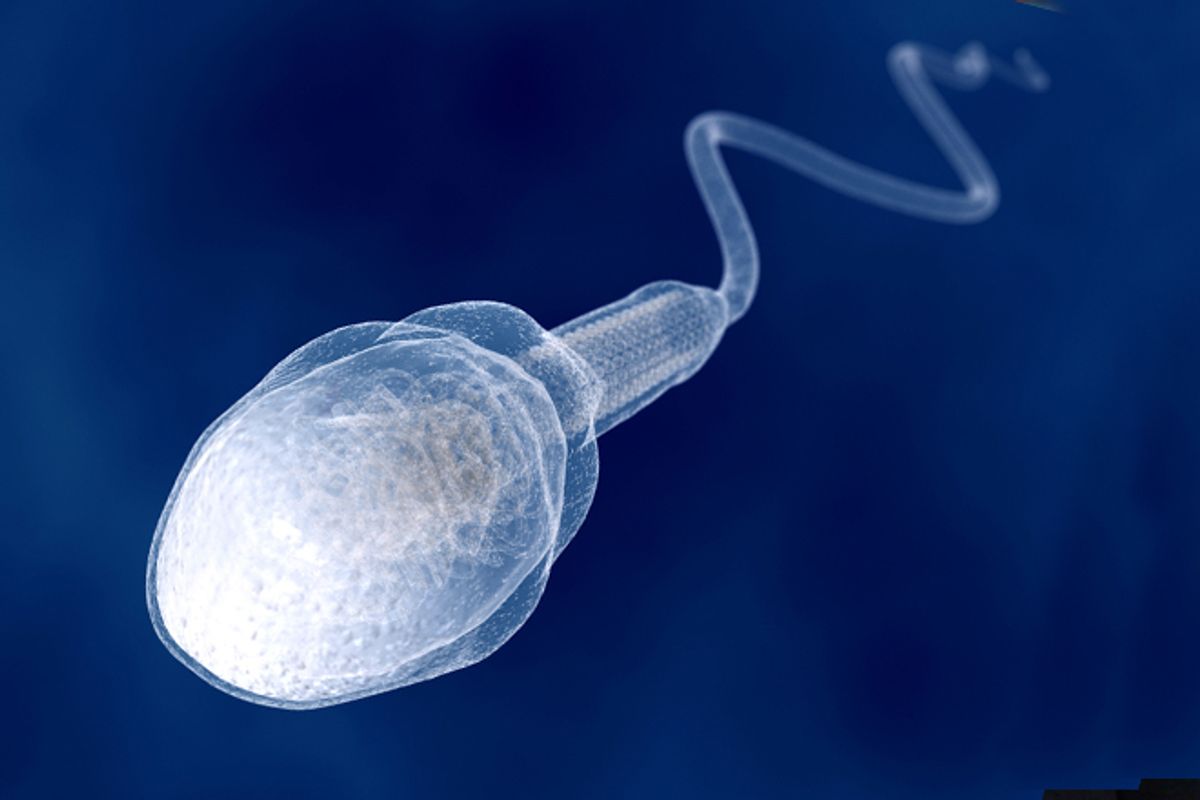Scientists in Australia made an incredible reproductive discovery: 17-million-year-old sperm. The male sex cell was found in the fossilized remains of freshwater crustaceans, known as ostracods.
The discovery was made in the Riversleigh World Heritage Fossil Site by a team of scientists, including researchers from the University of New South Wales. The study was published in the scientific journal Proceedings of the Royal Society B.
The sperm themselves are an extraordinary find. They were thought to be longer than the male shrimplike creature's body, but were tightly coiled up inside the sexual organs.
Professor Mike Archer, of UNSW, has been excavating at Riversleigh World Heritage Fossil Site for over 35 years. He said that many incredible discoveries have been made at Riversleigh, but that these fossilized sperm are the oldest that have ever been found.
“The Riversleigh fossil deposits in remote northwestern Queensland have been the site of the discovery of many extraordinary prehistoric Australian animals, such as giant, toothed platypuses and flesh-eating kangaroos," Archer said in a statement from UNSW. "So we have become used to delightfully unexpected surprises in what turns up there."
“But the discovery of fossil sperm, complete with sperm nuclei, was totally unexpected," he continued. "It now makes us wonder what other types of extraordinary preservation await discovery in these deposits.”
Ostracod fossils were collected by the team in 1988 and sent to a specialist who realized that it was fossilized soft tissues. Seventeen million years later, the fossilized tissue contains the preserved internal organs, including the sexual organs -- and almost entirely preserved sperm cells, which would have contained the ostracod's DNA.
Just as bizarre as the discovery is how scientists think the fossil was preserved: bat poop.
Professor Archer explains: “About 17 million years ago, Bitesantennary Site was a cave in the middle of a vast biologically diverse rainforest. Tiny ostracods thrived in a pool of water in the cave that was continually enriched by the droppings of thousands of bats."
The phosphorus from the stream of bat feces mixed with the water and helped preserve these fossils. Bat droppings have also helped preserve fossils in France.
A video from ZAK Breaking News is below:

Shares